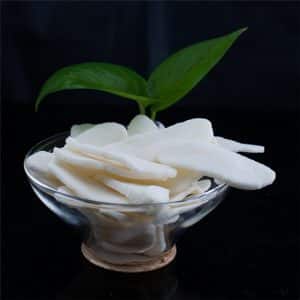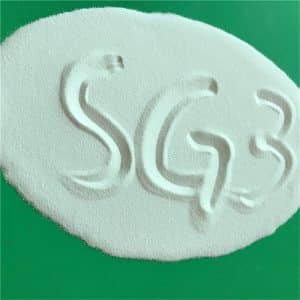Description
Okay, let’s craft an article about 3-Cyclohexene Carboxylic Acid. I’ll aim for a balance of technical information and readability, assuming a general audience interested in chemistry and its applications.
3-Cyclohexene Carboxylic Acid: An Unsaturated Building Block in Chemistry
In the vast world of organic chemistry, molecules with unique structures and properties serve as essential building blocks for creating a wide array of compounds. One such molecule is 3-cyclohexene carboxylic acid, a cyclic compound that combines an unsaturated ring structure with a carboxylic acid functional group. This unassuming molecule plays a significant, albeit often behind-the-scenes, role in various scientific and industrial applications.
The Structure Revealed: A Circle with a Twist
At its core, 3-cyclohexene carboxylic acid is a six-membered ring (a cyclohexane derivative). However, unlike its saturated counterpart, cyclohexane, it features a double bond between two of the carbon atoms. This double bond gives the molecule its “3-cyclohexene” prefix, indicating the location of the unsaturation. Additionally, attached to one of the ring carbons is a carboxylic acid group (-COOH). This combination of a cyclic alkene and a carboxylic acid makes 3-cyclohexene carboxylic acid a uniquely reactive and versatile molecule.
Key Properties and Reactivity
The presence of both the double bond and the carboxylic acid group lends 3-cyclohexene carboxylic acid a diverse range of chemical properties:
Double Bond Reactivity: The alkene portion of the molecule allows for various addition reactions such as hydrogenation (adding hydrogen) to saturate the ring, halogenation (adding halogens), and epoxidation (adding an oxygen atom). These reactions are key to modifying the molecule and creating new derivatives.
Carboxylic Acid Properties: The -COOH group is weakly acidic, meaning it can donate a proton (H+). It can also undergo reactions to form esters, amides, and other derivatives.
Chirality Consideration: The carbon bearing the carboxylic acid group in some stereoisomers is a chiral center. This gives rise to different enantiomers, molecules that are mirror images of each other and can have different biological activities.
Physical State: 3-Cyclohexene carboxylic acid is typically a crystalline solid at room temperature.
Sources and Production
3-Cyclohexene carboxylic acid isn’t typically found in nature readily. It is primarily synthesized in the laboratory through various chemical reactions. One common route involves the Diels-Alder reaction, a powerful technique in organic chemistry that combines a conjugated diene and a dienophile to form a six-membered ring. Specific reactants are used to introduce the carboxylic acid group and create the desired structure. Other synthetic routes also exist, depending on the desired starting materials and the scale of production.
The Applications: From Pharmaceuticals to Materials
While it may not be a household name, cyclohexene carboxylic acid plays a role in several critical areas:
Pharmaceutical Synthesis: This molecule acts as an intermediate or a building block for the synthesis of various pharmaceuticals. Its cyclic structure, double bond, and carboxylic acid group allow for the construction of complex drug molecules with specific biological activities. It can be a crucial precursor for drugs aimed at treating ailments ranging from cardiovascular diseases to inflammation.
Polymer Chemistry: The reactive sites in 3-cyclohexene carboxylic acid can be used to incorporate it into various polymers. These resulting modified polymers can have improved properties, such as increased strength, thermal stability, or biocompatibility.
Agricultural Applications: Some of its derivatives or similar structures are used in agrochemicals, such as pesticides and herbicides, although its direct use is not as prevalent as for other carboxylic acids.
Fine Chemicals and Research: Cyclohexene carboxylic acid is an important reagent in organic synthesis for constructing complex organic molecules. It is also used in laboratory research for exploring new chemical reactions and materials.
A Key Component of the Chemical Landscape
3-Cyclohexene carboxylic acid may not be the most glamorous molecule, but its unique properties and reactivity make it a vital component of the chemical landscape. Its contribution to the synthesis of pharmaceuticals, materials, and other valuable chemicals underscores the importance of understanding the properties of these fundamental building blocks in chemistry. As research continues, we can expect to discover even more innovative uses for this versatile molecule.
Looking Ahead
Ongoing research is exploring new ways to utilize cyclohexene carboxylic acid, potentially leading to advancements in areas like drug discovery and material science. Its versatility as a building block promises further development of novel functional molecules for years to come. Its story highlights that even seemingly simple chemical compounds can have profound impacts on various fields and contribute to technological progress.







Reviews
There are no reviews yet.